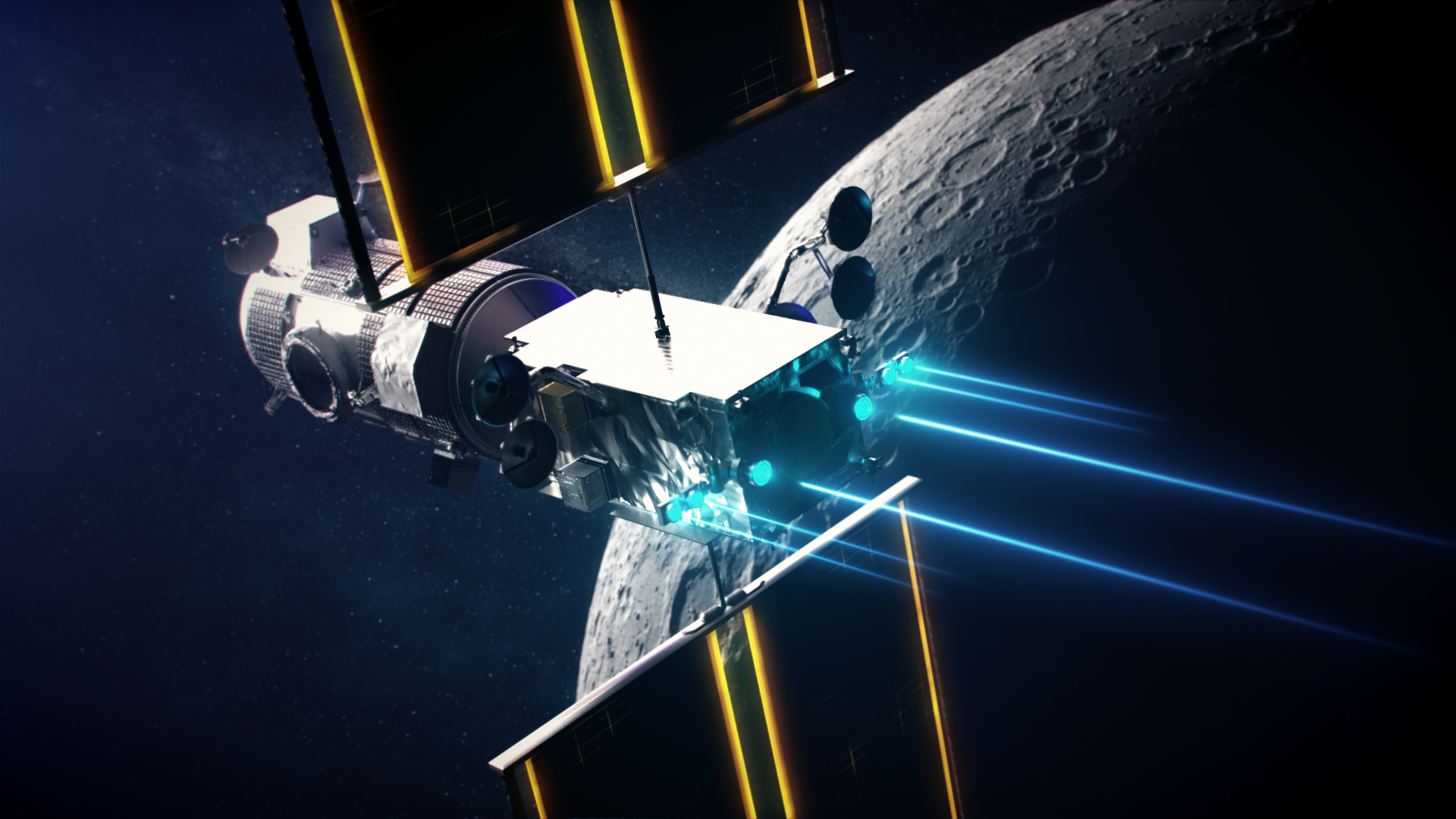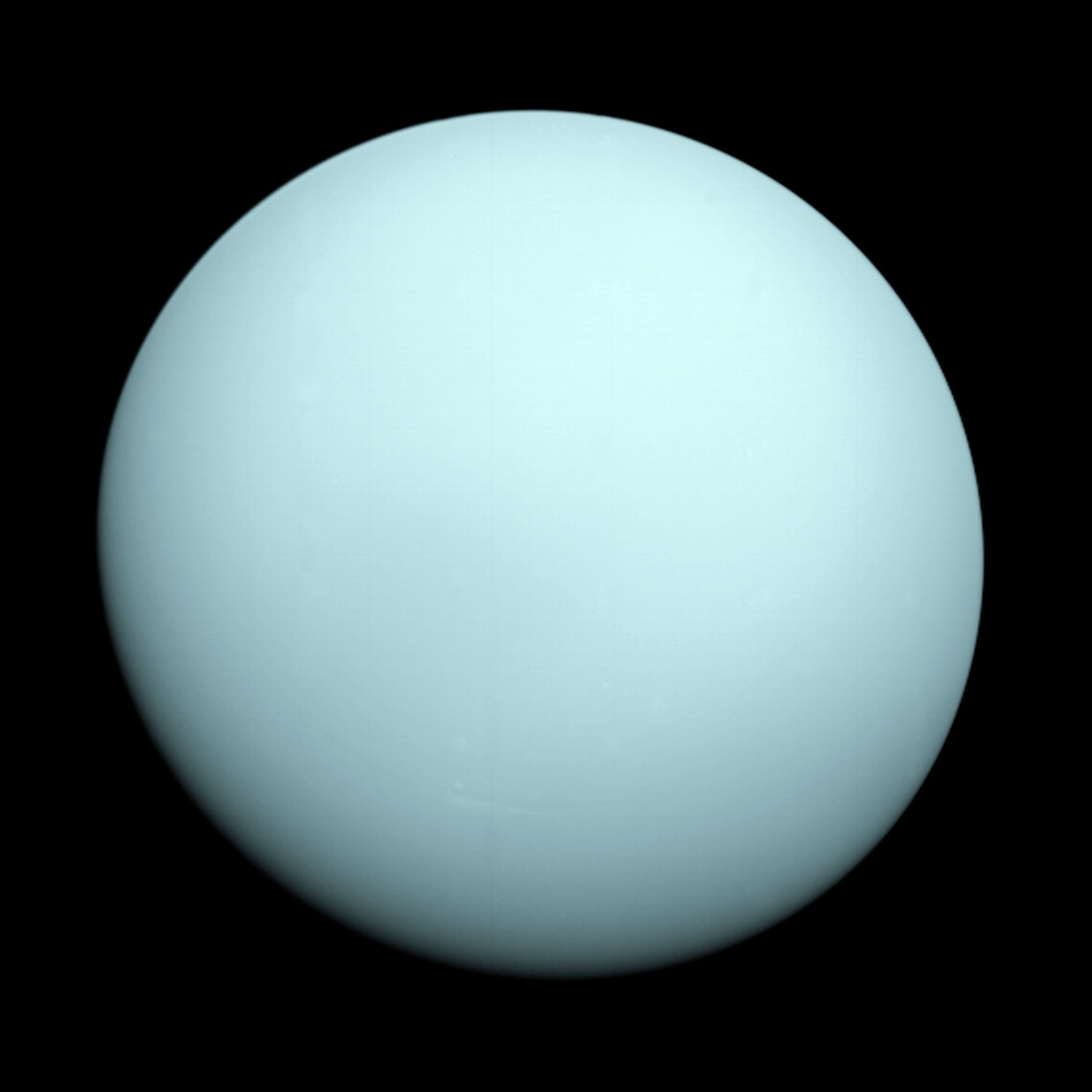Humans have always been fascinated by the starry sky. What kinds of things are out there, in the vastness of space? How do celestial bodies come to exist and what makes them move? And what does this mean for our Earth? Astronomers have been trying to find answers to these questions for thousands of years. OHB is involved in numerous projects for astronomical research, thus providing the scientific community with the tools it needs to gain ever new insights.
Astronomy is one of the oldest sciences. As early as the Stone Age, humans observed the night sky and thought about the movements of celestial bodies. In the beginning, only very few technical aids were available for this purpose. The first telescope was not invented until the beginning of the 17th century. Before that, observations could only be made with the naked eye. Nevertheless, people possessed an amazing knowledge of the stars and used that knowledge to develop calendars, predict solar and lunar eclipses and for navigation.
Astronomy (from Ancient Greek "astronomía" = "science that studies the laws of the stars") is a natural science that studies celestial bodies, interstellar matter and the radiation environment of space. The celestial bodies include galaxies, stars, planets, moons and asteroids, but also gas and dust clouds. Cosmology is a branch of astronomy that studies the formation and development of the universe as a whole.
Astronomy must be clearly separated from astrology (from the ancient Greek "astrologia" = "interpretation of the stars"), which uses pseudo-scientific methods to try to establish connections between the movement of celestial bodies and events on Earth.
Knowledge of the stars also played a major role in people's self-image and their assessment of their own importance in the universe. To this day, little has changed in this respect. Although astronomy has no significance for the daily lives of most people, the results of astronomical research attract widespread public interest. The first images of the new James Webb Space Telescope were printed in almost all daily newspapers and sparked enthusiasm not only in scientific circles. But even when viewed with the naked eye, the starry sky leaves virtually no one untouched. Gazing into the vastness of the universe puts the Earth and the life on it in a different light and stimulates reflection on philosophical questions. Perhaps this is one of the explanations why amateur astronomy is such a widespread leisure activity.
Astronomy today
Today's astronomy has little in common with the observations of earlier times. Astronomical observations have long since ceased to be limited to the wavelength range of light visible to the human eye, and ever larger and better telescopes enable findings that would have been unthinkable just a few decades ago. Moreover, astronomical research is no longer confined to the ground. Airborne observatories and telescopes placed in space provide access to wavelength ranges of the electromagnetic spectrum that are normally absorbed by the Earth's atmosphere and thus cannot be detected by ground-based telescopes. In addition, observations from high altitude or from space have the advantage of avoiding disturbances caused by turbulent air flows, which often occur in lower atmospheric layers and degrade the quality of astronomical images.

Turbulent air flows are ubiquitous in the lower layers of the Earth's atmosphere. The reason for this is the fact that the Earth's surface is not uniform and is therefore heated to different degrees by the solar radiation. The resulting differences in temperature, density and pressure lead to constant turbulent mixing of the layers of air near the ground. The air movements cause constant changes of the refractive index of the air, which degrades the quality of astronomical observations. The effect is not only visible through telescopes, but can also be observed with the naked eye in the form of the apparent twinkling of the stars.
Exploration probes
There is a close link between space flight and astronomy, and not only through the advent of space telescopes. Celestial bodies that could previously only be observed from a distance can now be visited by space probes. This allows for new measurements directly on the object. A special case in this respect is the Moon, as it is the only natural celestial body besides the Earth that has been directly visited by humans so far.
OHB as a partner to astronomy
As an aerospace company, OHB has close ties with astronomy and is contributing to astronomical research with numerous projects aimed at providing ever better tools for data collection.
Ground telescopes
OHB subsidiary OHB Digital Connect (formerly MT Mechatronics) has been building optical telescopes and telescopes for radio astronomy worldwide for over 50 years.
Optical systems
The development of optical instruments is one of the OHB Group's core skills. The range of applications of the systems for astronomical research extends from ground-based telescopes (Wendelstein telescope, NEOSTEL) and airborne observatories (Sunrise, SOFIA) to space telescopes (XMM-Newton, Euclid) and space probes (BepiColombo, ExoMars, Hera, PLATO).
Space probes
A further core competence of the OHB Group comprises the development of missions and the realisation of hardware for the exploration of space with probes. As the prime contractor, OHB is not only responsible for the design of the optical instruments for Hera and PLATO, but also manages the development of the overall systems. Further examples of exploration missions currently being worked on as part of studies include Athena – an X-ray mission, Lisa – a mission for detecting gravitational waves, EnVision – a Venus mission and Comet Interceptor – a mission to the tail of a comet.
Space Debris Centre of Competence
Space debris not only poses a risk to active satellites but can also impair astronomical observations. For this reason, OHB has set up the Space Debris Centre of Competence, which deals with the prevention of space debris.







